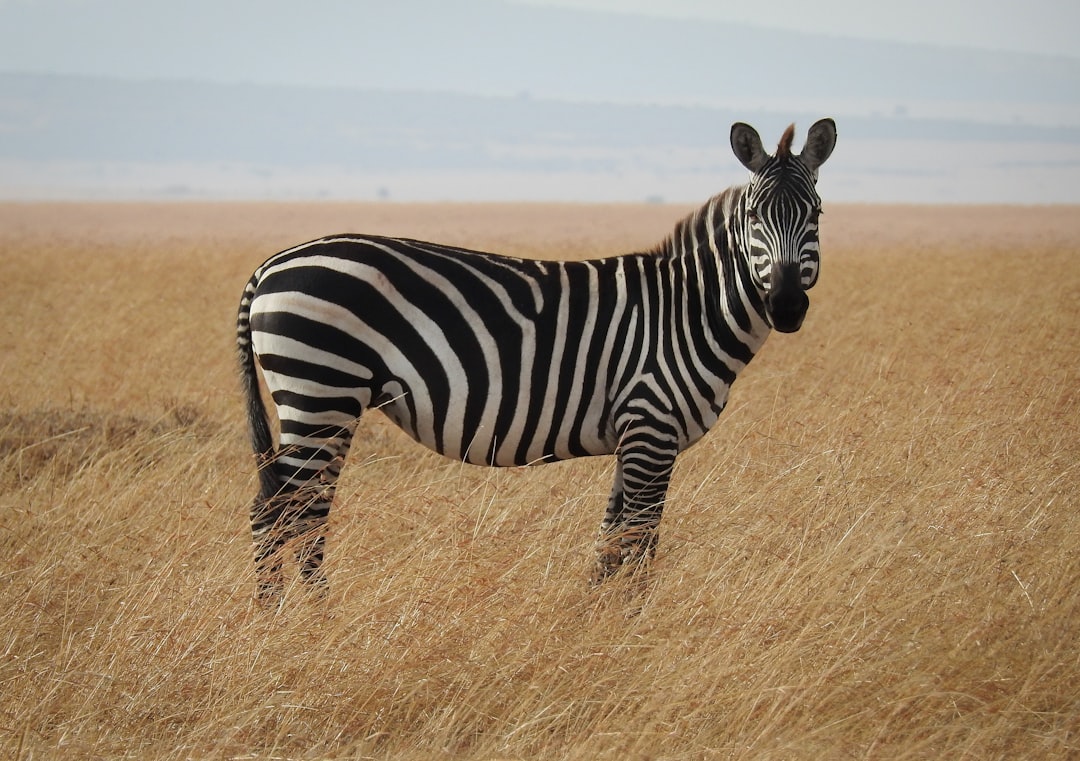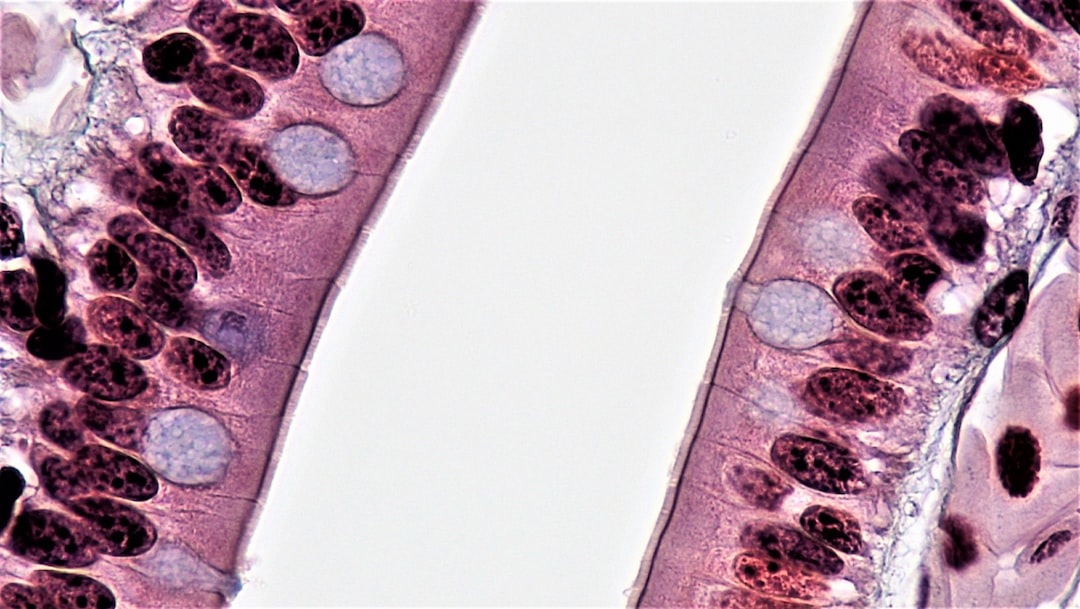What is it about?
Loneliness is a widespread problem. This study investigated that trait gratitude may prevent or reduce loneliness. ln addition, this study examined the prediction that psychological flexibility as a concept from the Acceptance and Commitment Therapy (ACT), and engaged living, as a process from ACT’s psychological flexibility, would explain the association between trait gratitude and loneliness.
Featured Image

Photo by ART_of_ROSH on Unsplash
Why is it important?
This study was important because it was the first to examine psychological flexibility and engaged living as underlying mechanisms between trait gratitude and loneliness in a Dutch population of 40 years and older. Furthermore, this paper contributes to the small amount of existing work on the association between trait gratitude, psychological flexibility, engaged living, and loneliness and adds to the increasing research and clinical applications of ACT.
Perspectives
This paper is the result of the thesis I wrote as a graduate student. I feel grateful for the opportunity to write this paper and was thrilled to hear that it was accepted for publication. Special thanks go to my co-authors dr. Lilian Jans-Beken and dr. Jennifer Reijnders for their support during this process. I hope this article wil inspire people to replicate these interesting results. Following these interesting results, we are currently examining the usability and effectiveness of an online ACT intervention, addressing psychological flexibility in the general population. Hereby looking at effects on well-being, loneliness etc. More information can be found on: https://www.ou.nl/-/online-cursus-van-klacht-naar-veerkracht-voor-iedereen-van-40-jaar-en-ouder
Drs. Esther Frinking
Open Universiteit
Read the Original
This page is a summary of: Gratitude and loneliness in adults over 40 years: examining the role of psychological flexibility and engaged living, Aging & Mental Health, October 2019, Taylor & Francis,
DOI: 10.1080/13607863.2019.1673309.
You can read the full text:
Resources
Contributors
The following have contributed to this page










